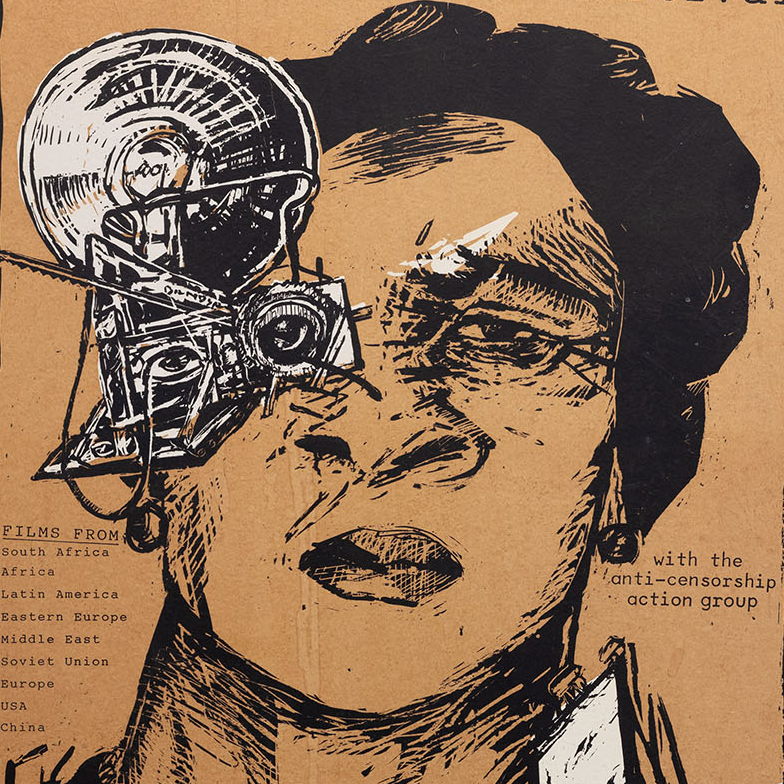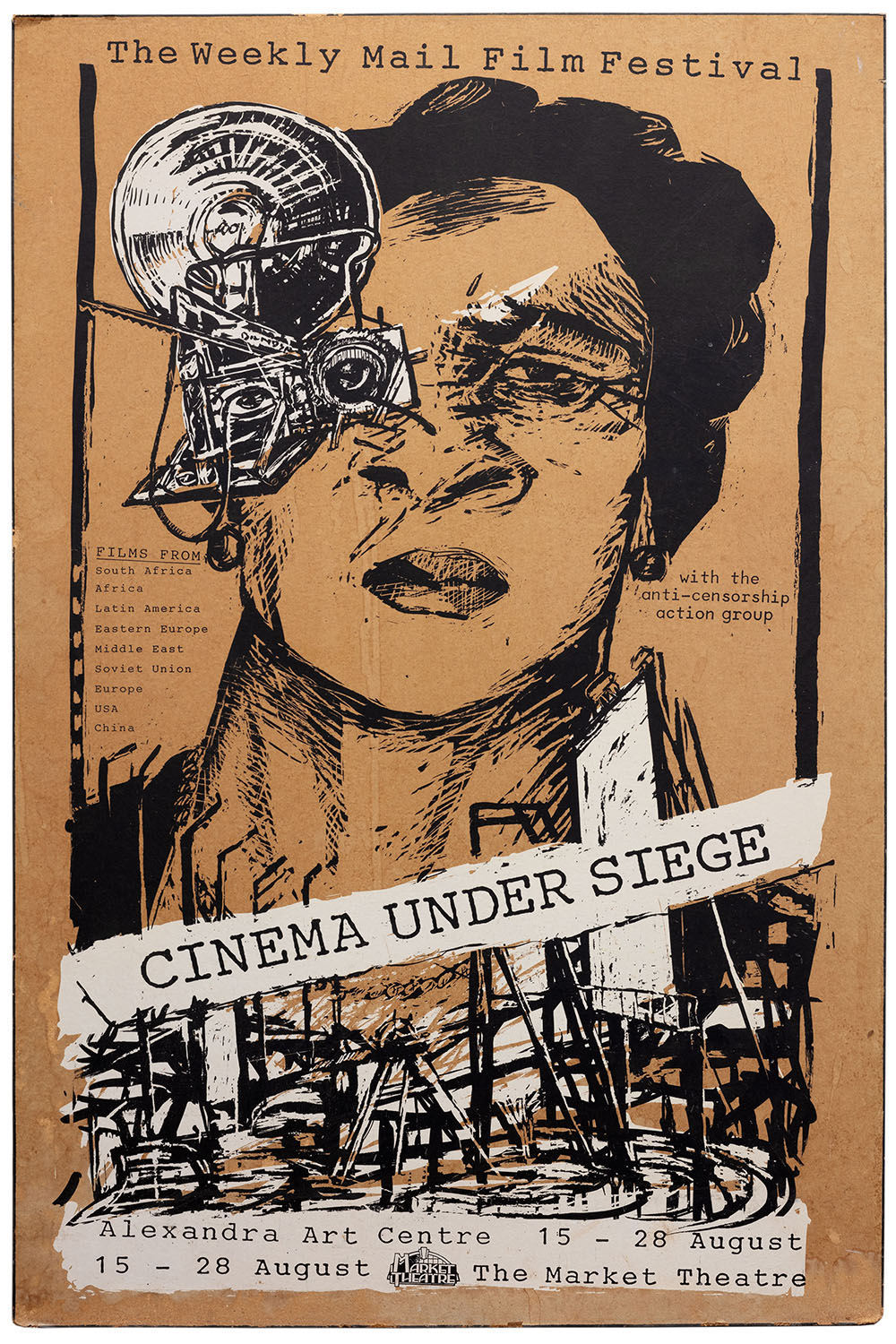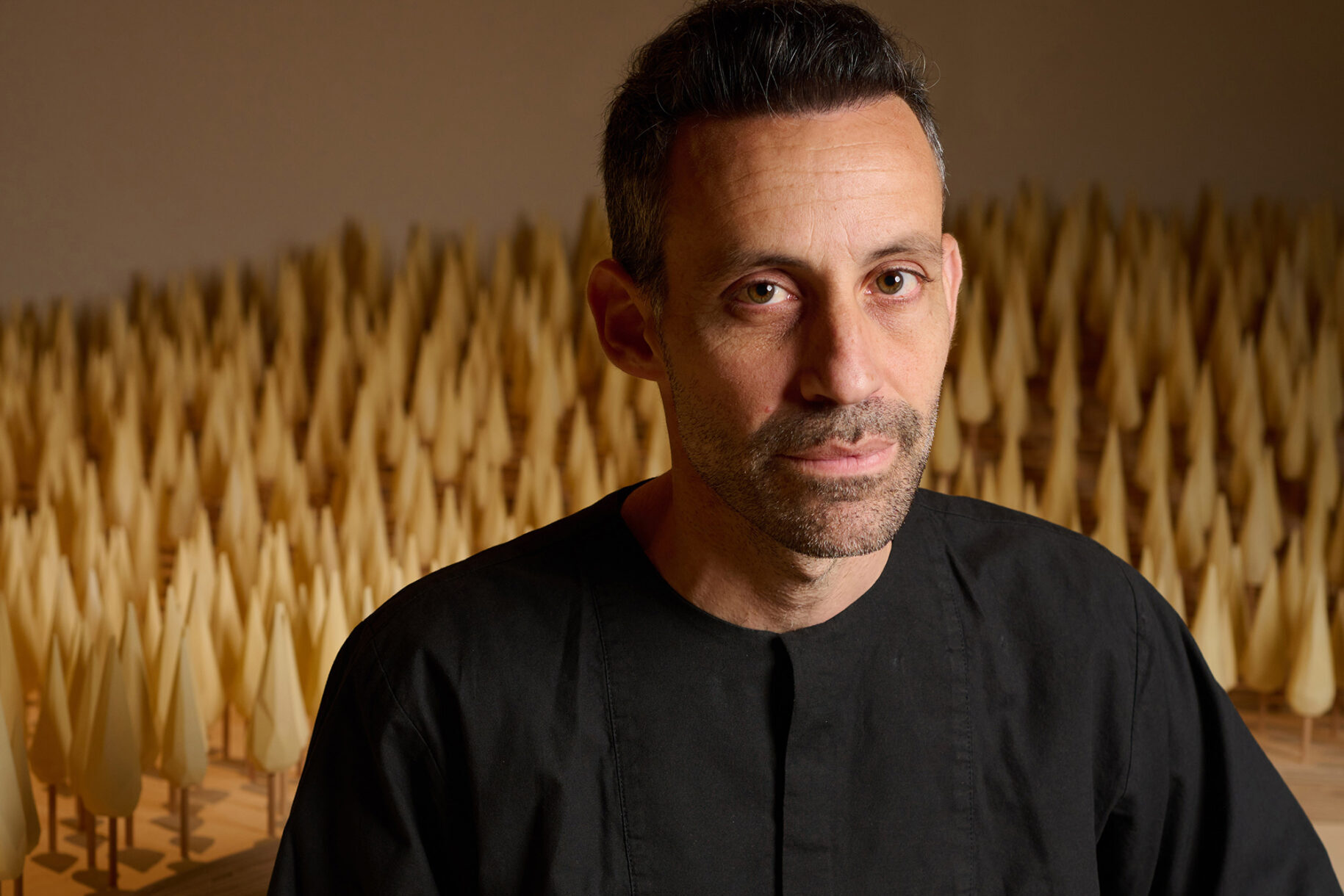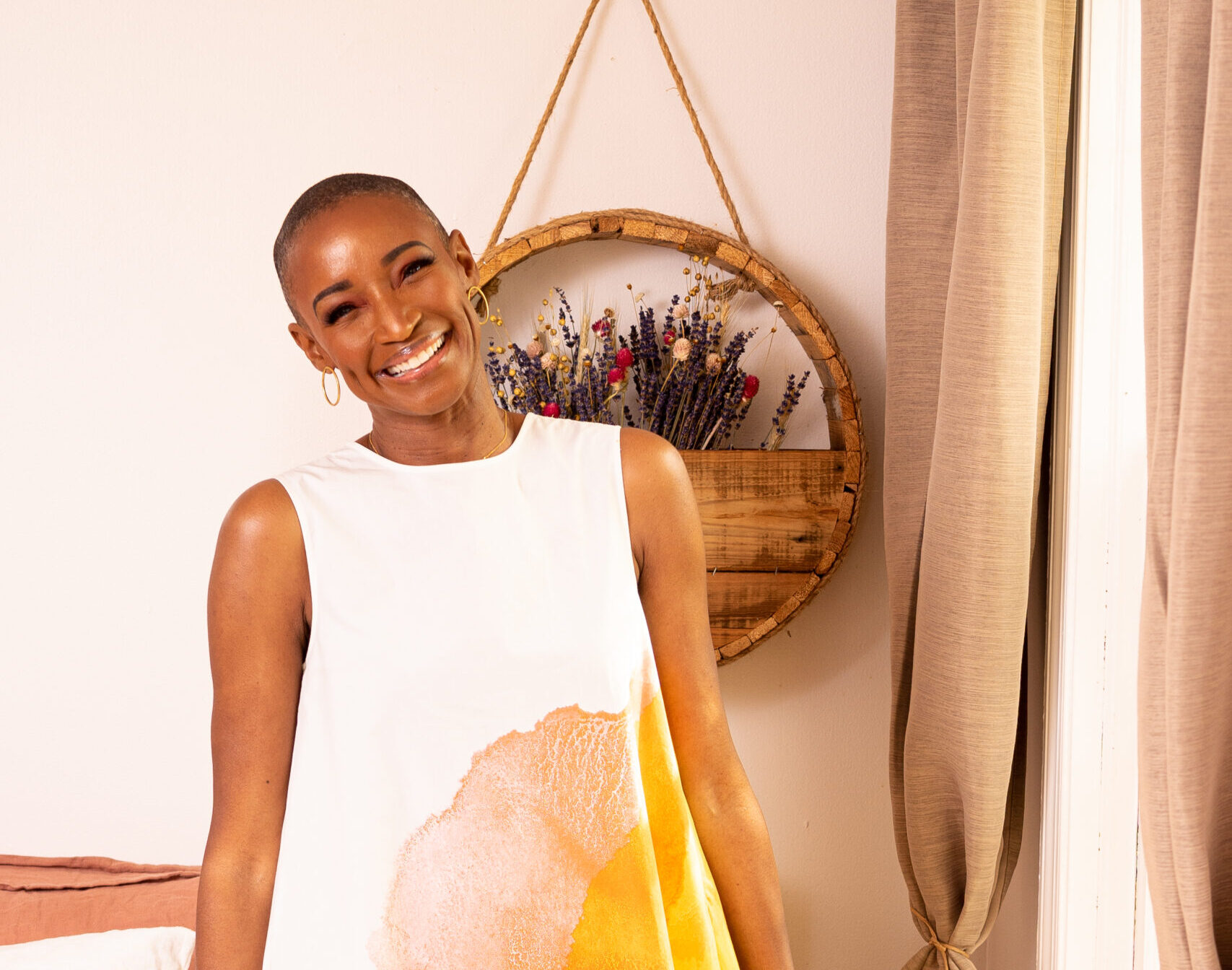
William Kentridge, Warren Siebrits|Books
July 31, 2023
William Kentridge: Prints and Posters
 Editor’s Note: The following images and text are from the first installment in an epic catalogue from Steidl focusing on William Kentridge’s long-standing relationships with printmaking and poster design including his linocuts, etchings, monotypes, posters, and more. Over three years, South African scholar Warren Siebrits compiled a five-volume catalogue raisonné of Kentridge’s prints and posters, including comments from the artist.
Editor’s Note: The following images and text are from the first installment in an epic catalogue from Steidl focusing on William Kentridge’s long-standing relationships with printmaking and poster design including his linocuts, etchings, monotypes, posters, and more. Over three years, South African scholar Warren Siebrits compiled a five-volume catalogue raisonné of Kentridge’s prints and posters, including comments from the artist.

Cinema Under Siege—The Weekly Mail Film Festival, 15–28 August, 1986. Silkscreen.
William Kentridge: This is an image of a woman with a camera lens for an eye. I had been very influenced by [the 1929 silent documentary film] Man with the Movie Camera by Dziga Vertov [1896–1954], which I discovered at about this period, but that sense of ‘I am a camera’—the eye as camera, recording, witnessing machine—was very much in my head.
I think the beret and the other eye of the woman are based on a photograph from the series of photographs by David Goldblatt, The Transported of KwaNdebele [revised Steidl edition, Göttingen, 2015, Travelers [sic] from KwaNdebele buying their weekly season tickets at the PUTCO depot in Pretoria, p. 35], which I had often looked through when working on different projects to feel a grounding with images from Johannesburg and South Africa.
I was not trying to do a portrait of the woman, but trying to see what is the shape of a beret when it sits on your head, how does it deform, where are the folds— things that I couldn’t invent if I was just doing a drawing of a beret or a woman’s face from scratch. I always need a reference point from which to work, either a sketch of my own or a specific memory, or very often, from this era, a photo from one place or another.

The Battle Between Yes & No, 1986. Silkscreen.
William Kentridge: This work existed in many forms, including drawings of it. It had to do with a kind of a kiss, tongues going into mouths, and the words ‘no’ and ‘yes’ becoming noise. The original models for the series of drawings of the kiss were my brother Matthew and his fairly recent girlfriend, and now his wife, Janet—I think from photographs taken together when we were in Italy. I asked them to perform a kiss, which they did with great alacrity, and which I used for the basis of the image of the faces coming together, or in this case being far apart. This was done as a thought of wanting to work again on a large scale, like with the prints of Art in a State of Grace [Siebrits 292], Art in a State of Hope [Siebrits 293] and Art in a State of Siege [Siebrits 294], that I had done a year earlier with Malcolm Christian at The Caversham Press in Natal. Again, some were printed on Fabriano and some on brown paper, and some with colour variations, because after printing a number of impressions, I realised I wanted to adjust the colour. There were many that had already gone through the vacuum table and were kept, so there are colour variations within the edition. There was a slightly earlier drawing, which I think was called Hands Across the Sea [1986], which had to do with my anger with South Africa taking part in the Valparaíso Biennale at the time when Pinochet was the dictator of Chile. It was about the easy cultural association between these two repressive regimes, South Africa and Chile. So there was a charcoal-and-gouache drawing done of that, and then the image of the kissing faces expanded into The Battle Between Yes & No, or continued into these series of drawings, also shown at Vanessa Devereux in the exhibition Responsible Hedonism in May to June 1989.

Exhibition: Trial (triptych left-hand panel), 1979. Transfer monotype.
William Kentridge: This is the left-hand panel of me giving evidence. The court usher, I would imagine, is standing in the witness box. The same woman is seen in the witness box in Exhibition: Civil Defence [Siebrits 146]. The tubular steel chair I am sitting on is based on a chair I had in the studio at Junction Avenue, which may have also transferred to the print studio in the basement of the Johannesburg Art Foundation [Ainslie’s Studios]. It is the same chair that appears in one of the Domestic Scenes etchings [Siebrits 204].

The Goat that Sneezed—The Nunnery, Dec 17–27, 1975. Silkscreen.
William Kentridge: The Goat that Sneezed was a children’s play written by Malcolm Purkey and Pippa Stein, and produced that December. Having performed in the role of Captain McNure and the dancing bear in Ubu Rex that Malcolm Purkey had produced, in this I was the goat itself. So again, I had to dance a caper as a goat. And in addition to performing in the play, I was responsible for the poster, which was done with the same paper stencil technique of silkscreen, which was printed in the playroom at 72 Houghton Drive, with all the finished posters put up to dry on the clothes lines. It’s evident, if you look at the print, that I was unable to get the small fragments of paper—like the triangle of the ‘a’ in ‘goat’ and the word ‘that’—to adhere to the silkscreen. The screen must have been improperly degreased and so the fragments of paper fell apart or fell off. The missing letters were then filled in later. It was not a case of conceptual design but a case of technical ineptitude. I think, at that stage, I had not heard of a vacuum table for silk- screen printing. Certainly I had never been shown better techniques or ways of working, nor sought them out myself, but assumed that the technical struggle I experienced every time a silkscreen was made, was purely through ‘thick- fingeredness’ of myself, which I think it largely was. It was always a torment making those silkscreens because of the anxiety—whether the screen would dry out and fill out; would one be able to get the texture of the ink right?; would one be able to get the papers in position?; the way one would dry them—and it was always a miracle that any prints came out at all. So if we got thirty decent prints out of a run of sixty, we would be very happy.

Rock Against Management, August 1st, 1980. Silkscreen.
William Kentridge: This would have been made for Wits University, for my brother-in- law, or connections to him. He was the secretary general of MAWU, the Metal and Allied Workers’ Union, at the time and there was a series of pop music concerts. This obviously becomes an early iteration of Soho Eckstein, a mixture of Cecil John Rhodes [Siebrits 4, 12] and other images of industrialists in socialist posters.
Observed
View all
Observed
By William Kentridge & Warren Siebrits
Related Posts

AI Observer
John Maeda|Books
Should we teach AI to reflect human values, emotions, and intentions?

Sustainability
Delaney Rebernik|Books
Head in the boughs: ‘Designed Forests’ author Dan Handel on the interspecies influences that shape our thickety relationship with nature

Design Juice
L’Oreal Thompson Payton|Books
Less is liberation: Christine Platt talks Afrominimalism and designing a spacious life

The Observatory
Ellen McGirt|Books
Parable of the Redesigner
Related Posts

AI Observer
John Maeda|Books
Should we teach AI to reflect human values, emotions, and intentions?

Sustainability
Delaney Rebernik|Books
Head in the boughs: ‘Designed Forests’ author Dan Handel on the interspecies influences that shape our thickety relationship with nature

Design Juice
L’Oreal Thompson Payton|Books
Less is liberation: Christine Platt talks Afrominimalism and designing a spacious life

The Observatory
Ellen McGirt|Books
